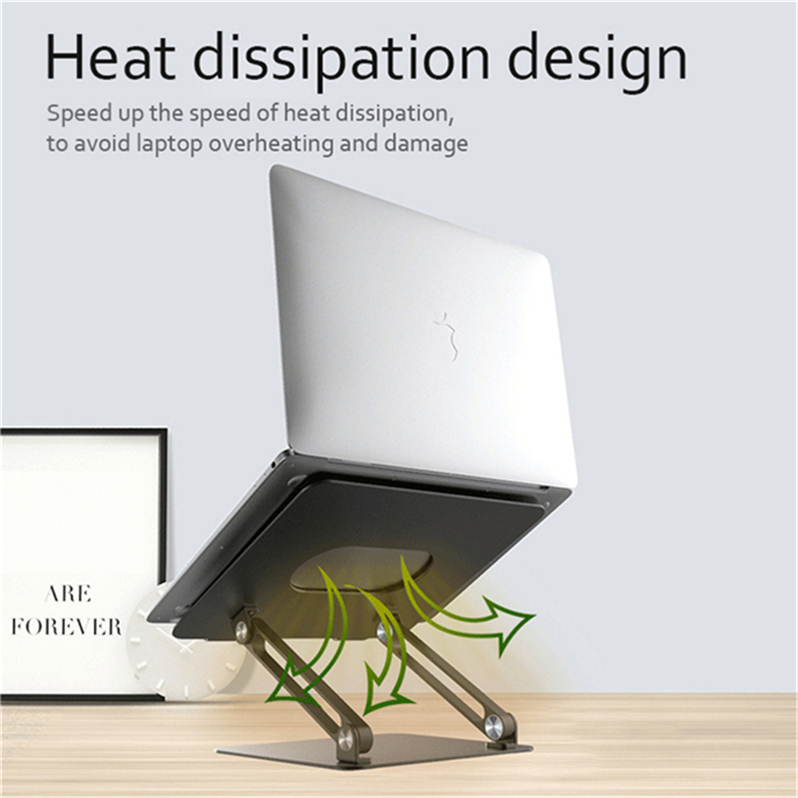Wireless video transmission refers to a monitoring system that uses radio waves to transmit video, sound, data, etc. without wiring. Old APs and clients do not support video transmission over wireless networks, but 802.11n has changed this situation. There are two main concepts in wireless image transmission, that is, real-time video transmission. One is mobile transmission, that is, mobile communication, and the other is broadband transmission, that is, broadband communication.
First, 802.11n solves some of the technical problems of Wi-Fi in processing video device applications. It is expected that 11n will cause explosive growth in the consumption of electronic video equipment, including set-top boxes, game consoles and media servers. Video directly benefits from 11n higher throughput and greater coverage.
For companies planning to deploy video over wireless LANs, the key features of 11n they need to consider include 3x3 or 4x4 MIMO, channel bonding and SGI (increased throughput), A-MPDUs, and blocking ACKs (to reduce streaming overload) ). Although the implementation methods vary from vendor to vendor, transmit beamforming can also increase the range of speeds, thereby increasing effective video throughput.
Antennas and spatial streams: Understand how many antennas your device has and how they are used. For example, communication between a 3x3 AP and a 1x1 client is limited by the client's MCS value—that is, 65 Mbps or 150 Mbps. Fortunately, these "extra" AP antennas are still available for STBC or TxBF to increase the data rate they support.
Third, the transmission rate: video format and encoding method determines the throughput requirements, and therefore determines the minimum acceptable data transmission rate. For example, 480i60 QuickTIme video encoded in MPEG-4 format can be transmitted normally at 5 Mbps, but 1080p30 HDTV encoded in MPEG-2 format requires 20 Mbps. To determine your video traffic needs and verify that your WLANs always meet their requirements.
WPA2-AES: In order to achieve higher security on the new WLAN, 11n prohibits the HT data rate when using WEP and TKIP to ensure related security. To avoid artificial restrictions, it is necessary to verify that all video clients support it. AES, and no video SSID is configured with WPA2-Mixed-Mode (eg, WPA2 and TKIP or AES).
V. Channel: HD video benefits from the bonded channel of the 5GHz band. However, even after buffering, the video is still prone to delays, so deploy the video on a non-DFS channel. Some devices do not support binding channels; others are not well supported. If this becomes a problem, then load balancing is done on two 20MHz channels instead of concentrating them all on one bonded channel.
Priority: Similar to voice, WMM access level can also be used for video QoS. However, the pattern of video contention is very different from voice, to allocate the best effect throughput to the video, but don't let the video "block" the channel. The video access level should be mapped to the DSCP tag of the 802.1p AP or AP.
VII. Bandwidth Occupancy Length Fairness: WMM can give video traffic more bandwidth, but it does not help video clients to share channels with other clients. It takes longer for a slower or farther router to transmit the same byte traffic, which reduces the transmission rate that the 11n client should have. In order to solve this problem, we need to enable dedicated bandwidth occupancy duration fairness characteristics, and preferably based on real-time RF methods. Although the products are different, bandwidth occupancy fairness is very important in getting 11n video sessions to their maximum.
8. Multicast: Some videos are transmitted using IP multicast streams, but many WLANs do not handle multicast well in 802.11, so reduce the data transmission rate to ensure that it can be transmitted to the lower end client. In fact, the bandwidth consumed by multicast will be longer than the length of time required to send N unicast frames. In order to solve this problem, we are looking for some wireless multicast optimization techniques.
Similarly, WLAN performance should be verified again based on video design goals, typically measured as Media Delivery Index (MDI), taking into account the underlying fundamentals to determine how they are applied to your WLAN, a design specifically designed to support mobile WLANs for VoIP handsets may differ greatly from wireless networks designed for laptops and smartphones that use e-mail, Wi-Fi-connected softphone voice and video conferencing.
The Aluminum Alloy Creative Notebook Stand is stable and durable, stable and does not shake. Laptop Stand Ergonomic bone is supported by an aluminum alloy triangle-shaped stable structure, which has a strong load-bearing capacity and can easily carry 100 g items, and Laptop Stand Holder is stable and not easy to damage.

Aluminum Alloy Laptop Bracket,Laptop Stand To Keep Cool,Dell Laptop Vertical Stand,Aluminium Alloy Notebook Stand
Shenzhen ChengRong Technology Co.,Ltd. , https://www.dglaptopstandsupplier.com
